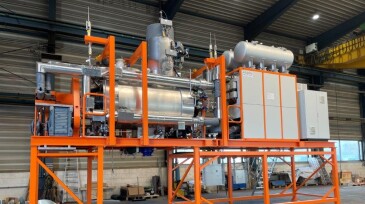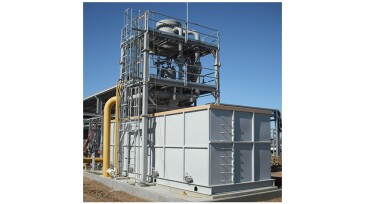waste disposal
-
This paper presents a physics-informed machine learning method that enhances the accuracy of pressure transient analysis, predicting reservoir properties to enhance waste slurry injection and waste disposal.
-
The Texas Railroad Commission is revisiting the state’s primary oil and gas waste regulations, which were last updated in 1984, to better align them with modern industry practices and rising demands for stronger environmental protections.
-
The volume reduction of naturally occurring radioactive material waste with indirectly heated vacuum distillation has been overlooked in research as a viable treatment option. This paper describes several key assessment factors that will allow a more detailed understanding of the benefits of that option.
-
This paper outlines issues to be resolved during facility design and provides guidelines, calculations, and examples for sand-handling steps to be implemented after separation.
-
The study assessed the CO2 footprint and NO2 emissions for different drill-cuttings treatment alternatives. The values were then used to create an emissions calculator that can be applied to projects to clarify the actual potential for emissions reduction within the drilling-waste-management process.
-
Acquisitive oilfield contractor has been bolstering its water and waste assets for the past half year.
-
Drilling at remote sites comes with challenges, not least of which is drilling-waste management. Drill cuttings traditionally are the focus of attention, and a solution is available to treat this waste stream at source. In many projects, however, slop waste and, in some cases, conductor drilling waste is also generated. This paper outlines how a single process using m…
-
Primarily used in a few US states, waste-slurry-injection technology could help operators reduce cost, while also potentially reducing their carbon footprint. But the process may still present technical and environmental challenges.
-
Oil and gas wells produce nearly a trillion gallons of toxic waste a year. An investigation shows how it could be making workers sick and contaminating communities across America.
-
San Antonio-based Petro Waste Environmental (PWE) announced the opening of its newest state-of-the-art nonhazardous oil and gas waste landfill facility in Howard County, Texas.
Page 1 of 2










